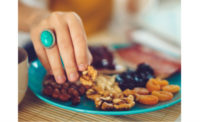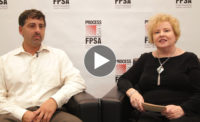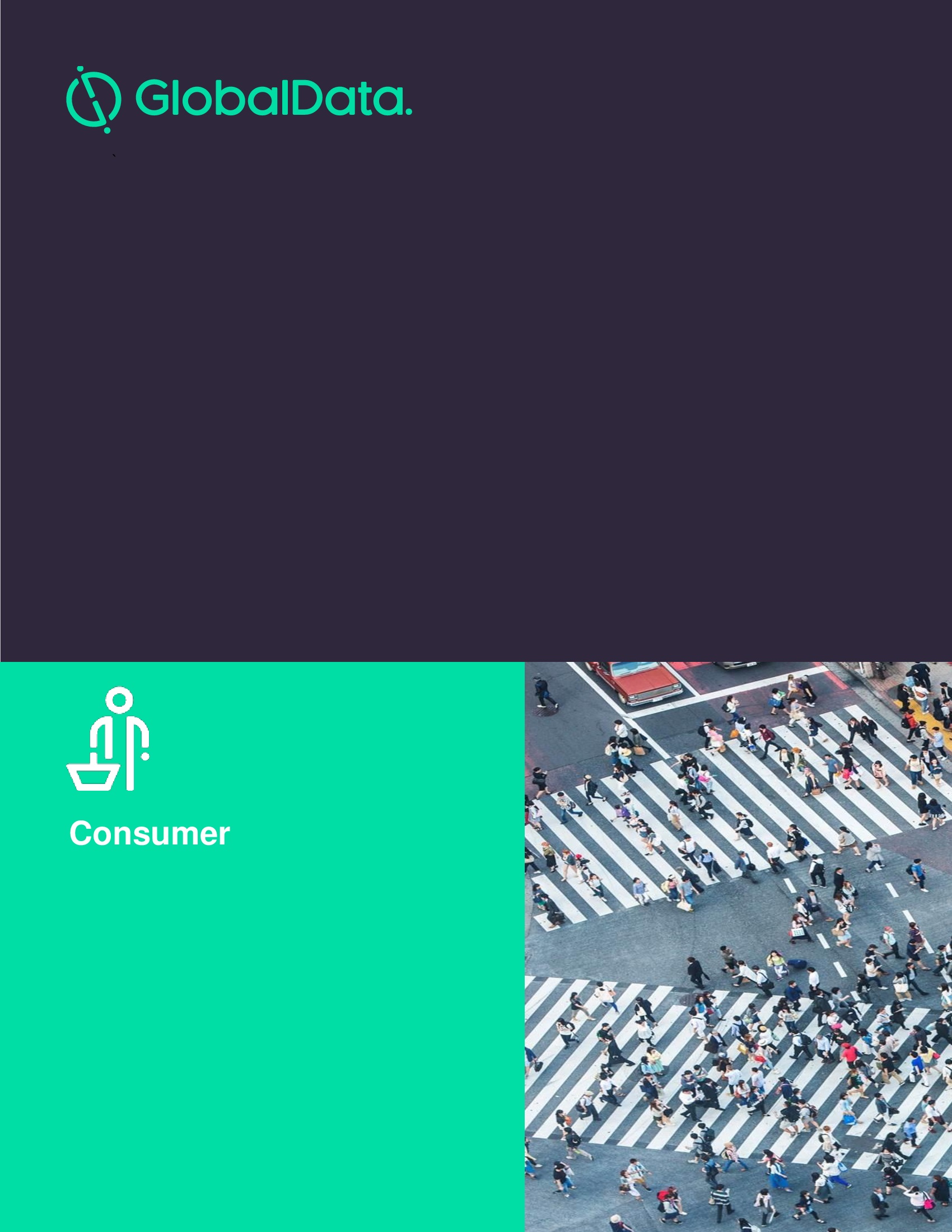Sustainable packaging trends: What considerations are there in reducing food waste?

Food, beverage and consumer product manufacturers will cut about 4 billion lb. of waste from the packaging they generate between 2005 and 2020, according to a 2011 study from the Grocery Manufacturers Association (GMA), with a combination of efforts, including using fewer materials in the process, using more sustainable materials, and making more packaging that’s recyclable and that degrades faster.
Getting rid of waste from the process follows industry’s move from just considering packaging by itself and realizing that “packaging exists because of its role in the supply chain,” states Ronald Cotterman, an officer at the nonprofit American Institute for Packaging and the Environment (AMERIPEN). Recycling may be on consumers’ minds because it’s one of the sustainability efforts that is most visible to them, but manufacturers also have to consider sustainable packaging, the amount of material that goes into a package and the amount of water and energy it takes to get the product to the consumer, aspects the end user doesn’t see.
Manufacturers also must add in several other consumer-facing aspects, including convenience, safety and shelf life, Cotterman adds. The greatest innovations in food packaging are likely to come in the areas where there’s the most waste, he says, namely produce, dairy, bakery and meats.
Cotterman, who is sustainability vice president at global packaging provider Sealed Air Corp., says the industry is likely to see future efforts on sustainability to focus on three key areas: Labeling; portioning; and extending shelf life.
Currently, confusion over the meaning of “sell by,” “use by” and “best by” dates often leads consumers to throw food away when it’s still good, and cutting waste in that area will mean clearing up that confusion, Cotterman says. “We need to understand how to better date things, so consumers understand and so they reflect the actual shelf life,” he explains. “That’s an area that’s poised for reform, and I think we will start to see a lot of experimentation.”
Next is portioning. Packaging that gives consumers a better way to use only what they need when they need it, like resealable packages and individual portion packaging, will be a growing area. For example, shoppers at Costco used to buy big value packages of chicken pieces, which they would either have to use all at once or repackage into smaller portions at home. Now, the chicken is available in perforated packaging that allows users to tear off only what they need at a time. “With that concept, you can keep the chicken in the package and it will last longer,” Cotterman says.
Finally, extended shelf life technology will create products that last longer. That’s been an issue for shippers, but now manufacturers and retailers are searching for solutions that keep food fresh on the shelf for longer periods. “In the supply chain, there’s a growing sense that we need to give consumers more shelf time,” he points out.
Along with innovation, the food industry needs to educate consumers on the best ways to store certain foods for optimum freshness and shelf life, including which items need refrigeration and which do better on the counter or in a cabinet, Cotterman says.
Source: http://smartblogs.com/food-and-beverage
Looking for a reprint of this article?
From high-res PDFs to custom plaques, order your copy today!








